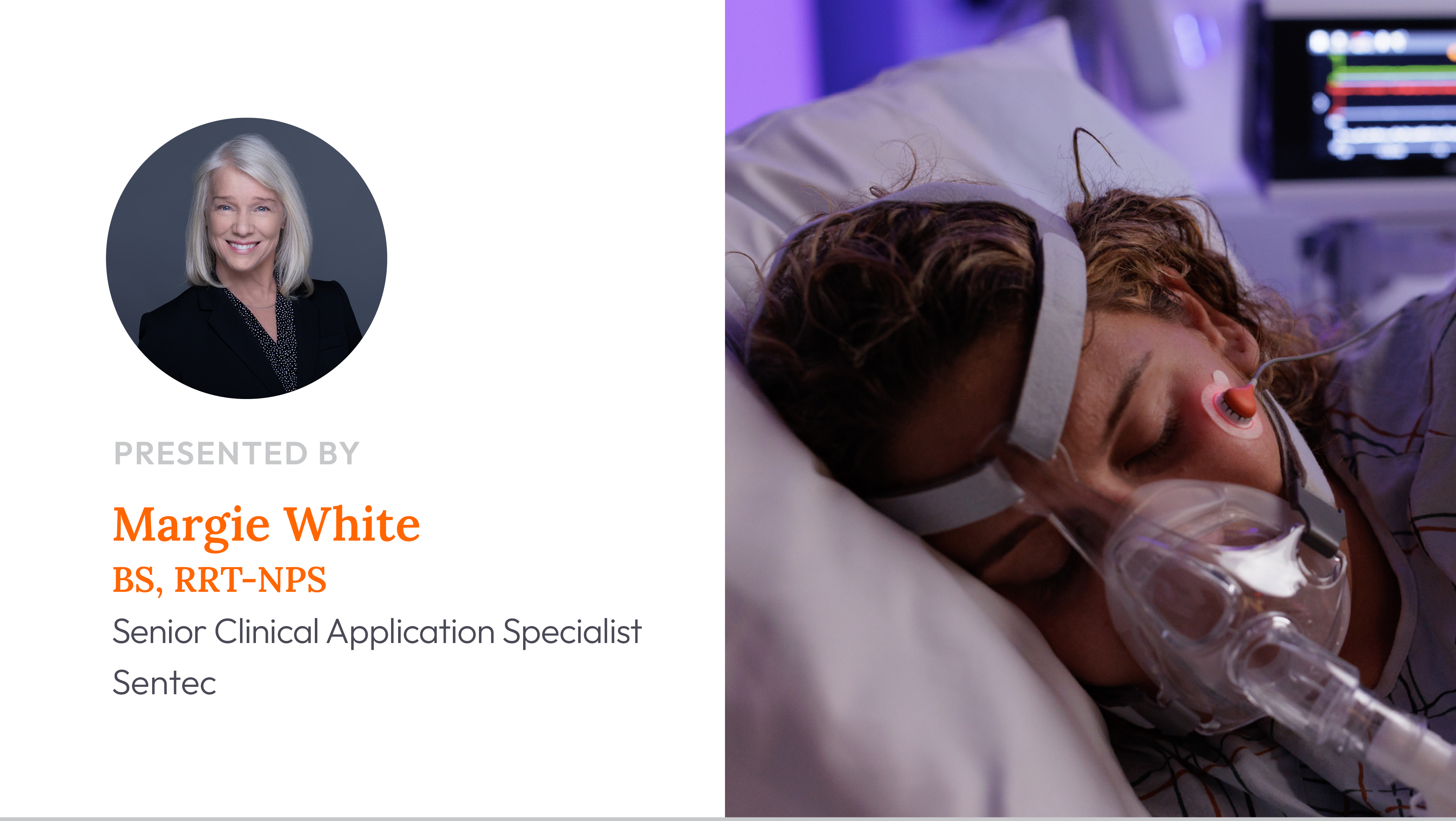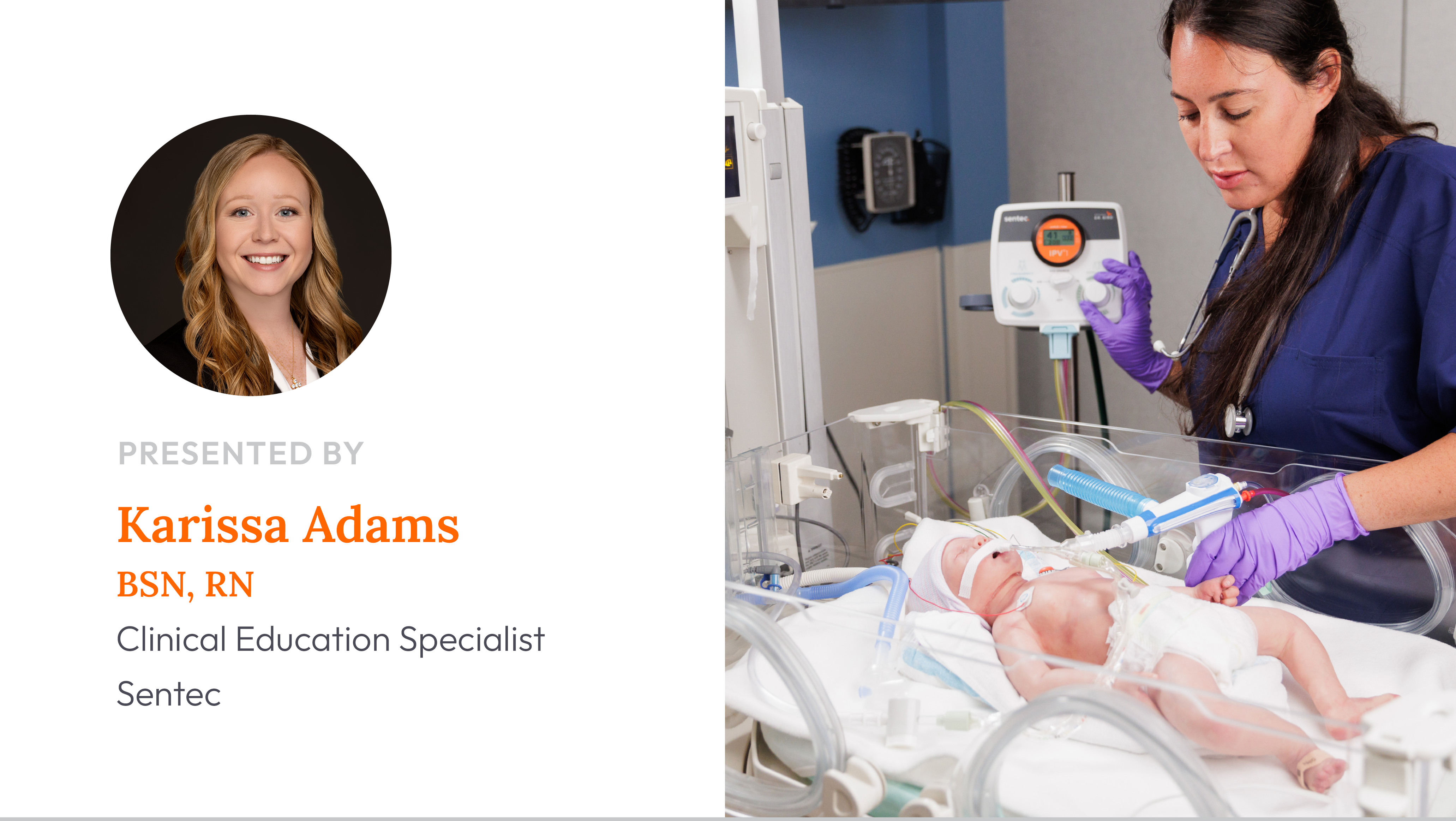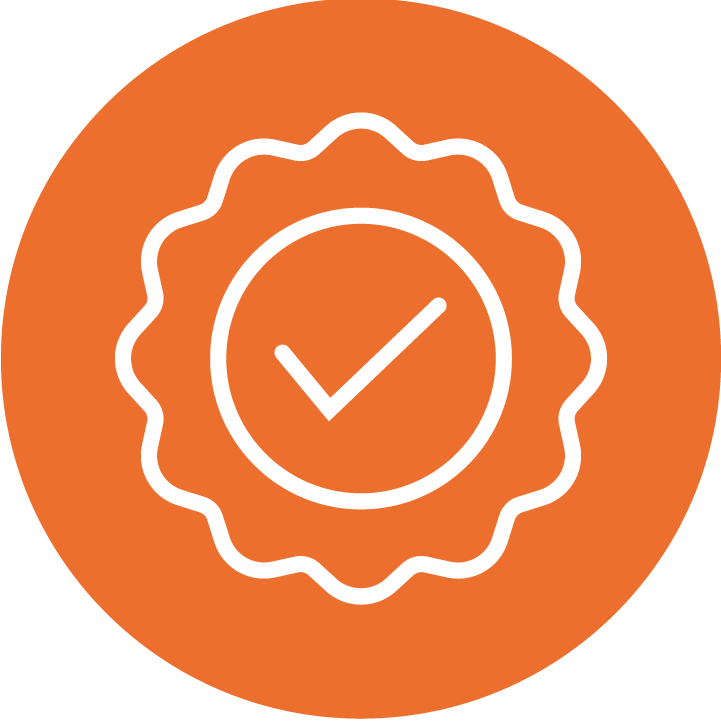Learning Objectives:
- Review common diagnoses associated with abnormal gas exchange seen in the pediatric sleep lab.
- Explain how transcutaneous CO2 monitoring can assist in the management and titration of respiratory support.
- Describe how transcutaneous CO2 monitoring can be implemented into protocols to initiate and titrate respiratory support.
APPROVED FOR THE FOLLOWING CE CREDITS:
1 contact hour Continuing Respiratory Care Education (CRCE) credit by the American Association for Respiratory Care (AARC) | Course #192795000
1 CEC by the American Association of Sleep Technologists, AAST CEC | Course #A31921
Register
Stay up-to-date with Sentec
Related Posts
- Non-CE Recording
Noninvasive CO2 Monitoring in Sleep Diagnostics: Methods, Limitations, and Benefits
Learn how CO₂ monitoring improves sleep studies, why SpO₂ alone falls short, and compare methods of monitoring.
- Non-CE Recording
Back to Basics: Ventilation Essentials for NICU Nurses
Learn ventilation essentials & how transcutaneous monitoring supports NICU nursing decisions at any level
- Non-CE Recording
Supporting key initiatives in VLBW infants with transcutaneous CO2 technology
Learn how transcutaneous CO₂ monitoring supports IVH and BPD prevention in VLBW infants in this non-ce webinar recording.





